150 Ton Dynamometers
How much do you think the Statue of Liberty weighs? How about a full-grown blue whale or a Boeing 787? If you guessed about 150 tons, you’re right!
Now what if you needed to lift and weigh something of that size? Surely you’d need a massive scale, right?
Guess again, because 150-ton dynamometers can do this job with ease, and they’re smaller than you would imagine.
What are dynamometers?
The term dynamometer covers a broad range of equipment: small machines that measure hand grip, medium-sized equipment for measuring horsepower at an engine's output shaft, or large platforms with a variety of uses in vehicle testing.
Then, of course, there are the tension or crane dynamometers, which are also available in a range of sizes for use in a wide variety of industrial applications.
Unlike other types, tension dynamometers work in conjunction with two shackles—one on each end— and a strain gauge that’s used to measure the slight change in length when force is applied to the load cell. This means they can be used to lift and weigh heavy objects or measure the force involved in high-tension applications.
When to use a 150-ton dynamometer?
In general, any application that requires measuring force, power, or torque on a large scale might necessitate the use of a high-capacity dynamometer.
These include:
- Proof load testing of high-capacity cranes
- Bollard pull testing of tug boats
- Various applications in shipbuilding
- Measuring the tension in large mooring chains
- Aerospace applications, including lifting and weighing rockets
These are just a few of the many uses for large-capacity weighing systems, like those manufactured by Eilon Engineering.
Aerospace dynamometers
Some sectors have a broader range of potential uses than others. One such sector is aerospace, where both large 150-ton or 100-ton dynamometers are used alongside smaller systems like 5-ton dynamometers.
For example, lifting and transporting large components and payloads to and from launch sites, like the Atlas V rocket below, calls for a large capacity system.
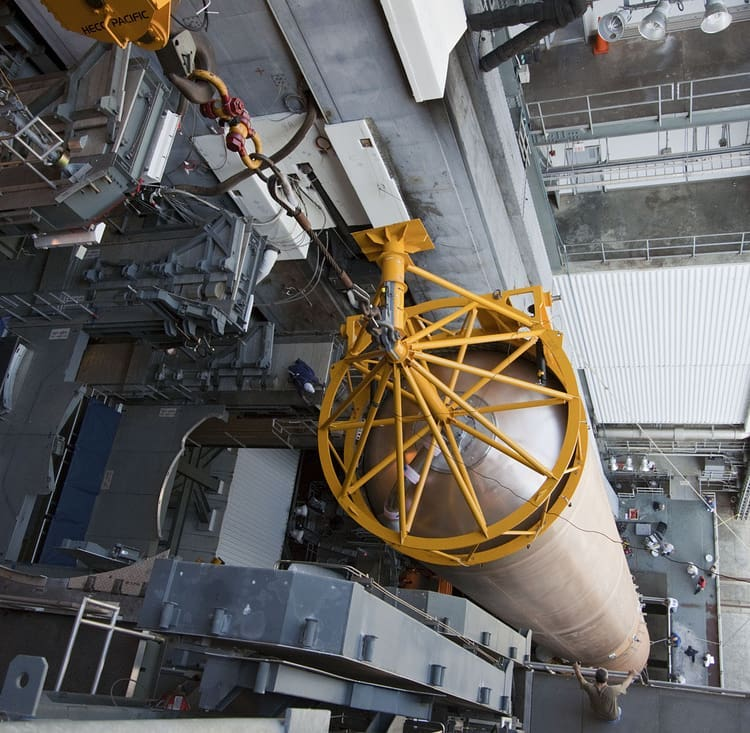
Other aerospace applications that might call for a large capacity system include:
- Measuring the weight of fuel tanks, payloads, and other components during the assembly process
- Load testing components and structures
- Measuring the weight of parts during assembly and disassembly processes
Contrary to these, there are numerous smaller, more delicate and precise aerospace applications where smaller systems like a 5-ton dynamometer might be needed.
For example, testing and calibrating robotic arms, robotic manipulators, and other mechanical components.
Here are some examples of 3-ton and 5-ton dynamometers being used during the assembly of the Joint Polar Satellite System, launched in 2017 by Ball Aerospace and NASA.

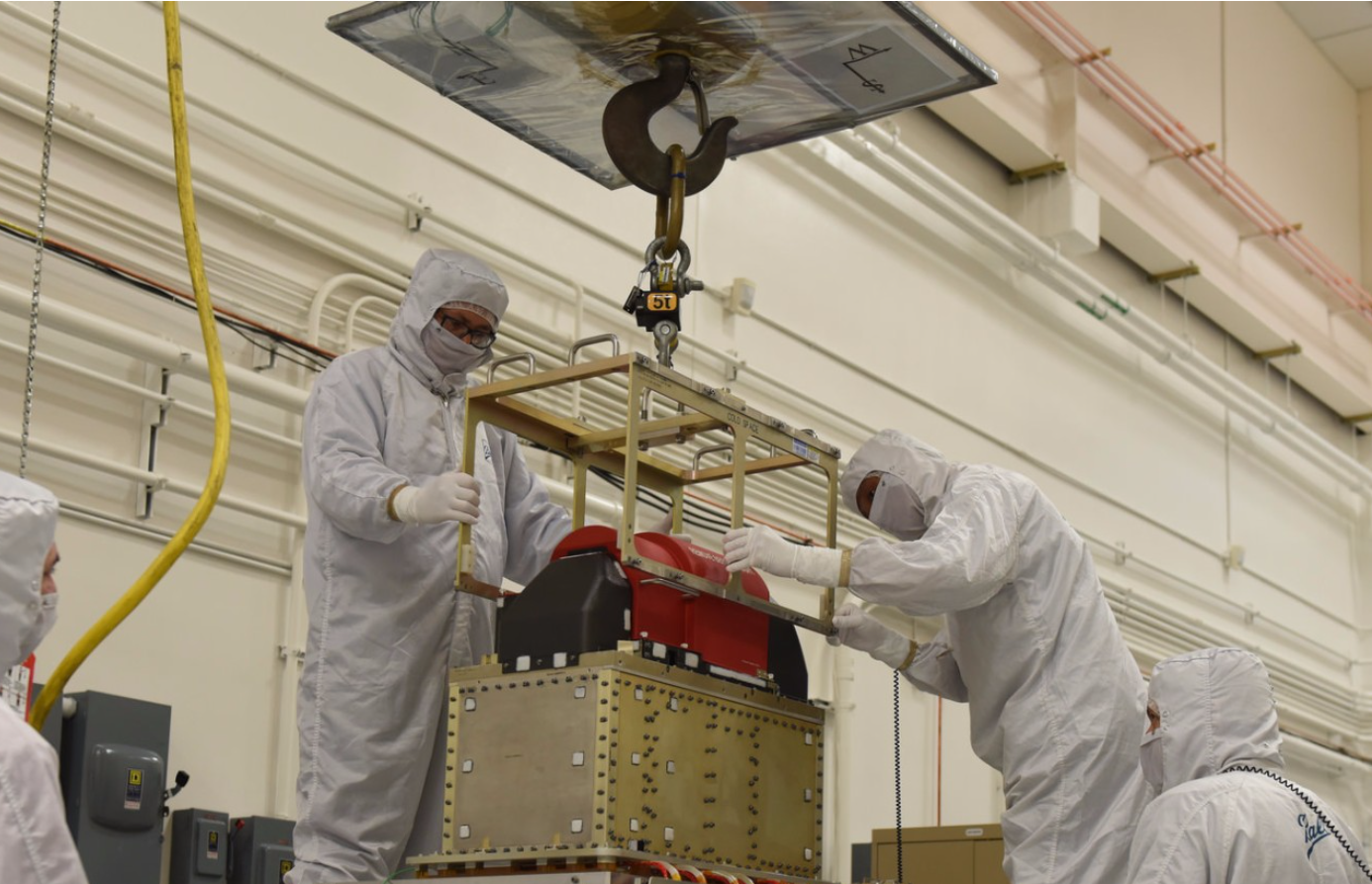
In aerospace, the stakes are high, both in terms of costs and safety. So it should come as no surprise that when it comes to aerospace dynamometers, these companies choose only the highest-quality systems available.
Dynamometer manufacturers
When choosing a new dynamometer, no matter what your sector or application, it’s important to select a system that’s both safe and reliable. And when it comes to lifting massive 150-ton objects, there’s no room to compromise on safety—inferior and poorly constructed systems simply won’t do.
That’s why it’s best to choose a system from a reputable company that follows rigorous safety standards and procedures. With more than 45 years of experience, Eilon Engineering is one of the world’s leading dynamometer manufacturers with a global reputation for excellence. Our commitment to safety and quality is unwavering and has earned us repeat customers across a variety of industrial sectors, including:
- Aerospace companies like NASA and Boeing
- Oil and gas companies like BP, Shell, and NOV Inc.
- Automotive companies like General Motors, Toyota, and Rolls-Royce
- Construction companies like Caterpillar and Bobcat
- Military organizations like the United States Air Force and the Belgian Navy
- Many more
All Eilon Engineering dynamometers are designed to combine maximum strength in a compact load cell body.
For example, our 150-ton dynamometers are less than 27 inches long (575 mm) and weigh about 120 pounds (57 kg). Considering they’re strong enough to lift the Statue of Liberty, that’s pretty compact.
These 150-ton dynamometers use 200-ton wide body shackles, and together, they make an incredibly strong weighing system.
And believe it or not, our 100-ton dynamometers weigh only about 60 pounds!
Radio dynamometer
Another consideration when purchasing a new tension dynamometer is whether or not you need wireless capabilities, i.e. a radio dynamometer.
Having a system that uses radio frequency technology to connect wirelessly between the dynamometer’s load cell and the remote readout is more than just convenience—it can be an important safety factor as well.
In applications where 150-ton dynamometers are being used, a radio dynamometer allows the operator to remain at a safe distance from the massive load that’s being lifted.
In most instances where a load this large is being lifted, a wireless radio dynamometer will be the better choice over a wired system.
Free quote and expert advice
If you’re in the market for a new dynamometer, give us a call today. Our expert team of representatives will be happy to help you find the weighing system that’s right for your unique application.
US/Canada/Int'l: 1-888-778-8064
UK: 0800 8620354
Send us an email at:
sales@eilon-engineering.com





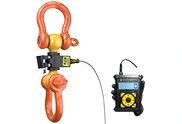
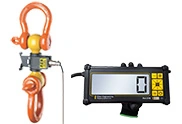
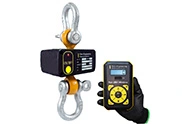
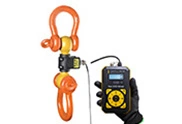





.png) Barcelona Jan 30-Feb 2
Barcelona Jan 30-Feb 2